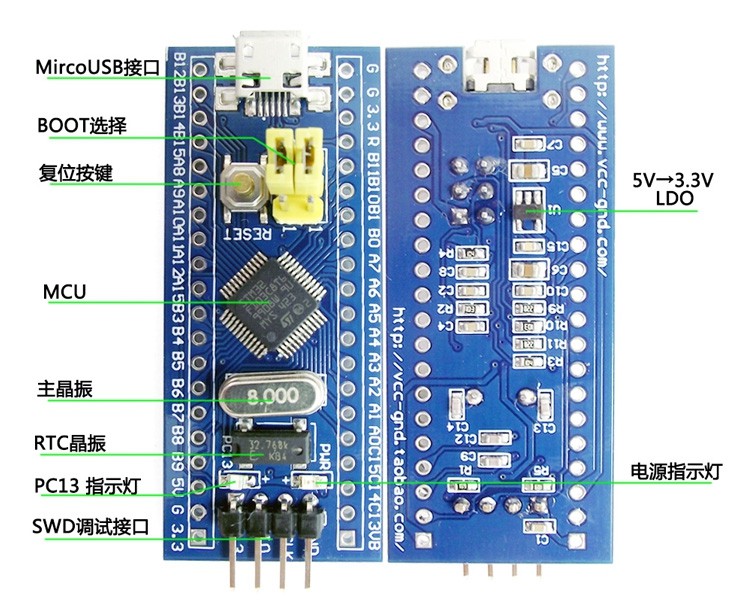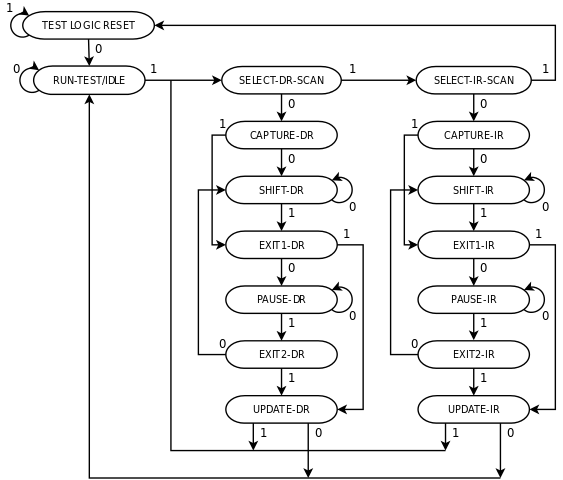This year will be Burning Man #7 for me and #3 for my fiancée, but #1 for many of our friends, who we've finally convinced to come with us :D
We have a ton of advice to share. It probably won't all fit in one blog post, but here goes. I expect to write about each of the following:
- Basics: when and where
- Tickets, and obtaining them
- Transport: getting in and out
- Camping: friends and family -- your support network
- Accommodation: your tent and everything inside
- Your bike: essential for getting around
- Food
- Hygiene
Here we go!
Basics
If you know nothing about Burning Man, start by reading everything you can on the official Burning Man site, but especially the preparation page and the 10 principles. I'd highly recommend watching Spark: A Burning Man Story too; you can stream it on Netflix.
In a nutshell: Burning Man is a week long party in the Black Rock Desert, to the north of Reno, Nevada. It runs for about a week, ending on Labor Day: in 2016 it's Sunday August 28 - Monday September 5. It's a festival of some sort, except all the entertainment comes from the participants; there aren't any "official" acts, but hundreds of groups of determined campers make amazing art and throw parties large and small, so it feels less like a music festival and more like you've stumbled upon some foreign-but-familiar city filled with hedonistic artists and house party hosts.
Some jargon: "Burning Man" is the event, "Black Rock City" is the place. If you attend Burning Man, you're a "burner", and BM is typically referred to as "the burn". The desert floor is called "the playa", and the ever-present beige dust is "playa dust". When you or your car or your stuff is covered in enough of it, you're "playafied".
I highly recommend trying to catch as much of the event as possible; I've always gone in on Monday or Tuesday, and left on Labor Day. If you can't spare that much time, you can trim a little off each end of the week: you could probably feel pretty satisfied coming in during the day on Wednesday and leaving early Sunday morning. Wednesday night is a big party night, as are Friday and Saturday. I personally love staying for Sunday night; while there's less to do during the day as many camps start packing up early Sunday morning, the Temple Burn that evening is beautiful, and the departure line ("exodus") is much shorter on Monday morning.
Assuming you intend to go, at this point in the year you need to be thinking about a few things:
- Ticket: you need one to get in. They cost about $400, plus another $80 or so for your car. It's not the end of the world if you don't have one yet, but you will have to hustle.
- Transport: how are you getting there? Do you have your own car, or are you going to rent one or drive with friends? Are you renting an RV to sleep in, or do you just need something big enough for you and your gear?
- Friends: who are you camping with? You probably want to join a pre-existing camp. If you don't know any burners, it's time to start making friends!
Those are your priorities right now. Less critical, but still important later on, are the details of how you'll survive the event itself.
Tickets
The main ticket sale is over now, which means ticket availability will be pretty scarce for the next little while. Ask around in case one of your friends picked up more tickets than they needed, though. Some camps are permitted to pre-purchase tickets (because the Burning Man Organization wants to make sure they can attend), so your camp organizer may be able to point you in the right direction.
Failing that, when tickets start hitting mailboxes around July, they'll also start showing up on Craigslist. Right before the event, there's an "OMG Sale", which releases a few thousand more tickets onto the market.
Transport
If you're camping in a tent (which doesn't have to be so bad -- I'll be writing another post with details on how I do it relatively comfortably), you just need a ride for you and your gear. You'll end up with a surprising amount of stuff; I've never ended up with spare room in a car after packing two people, their gear, and their bikes, especially once you include food and ~18 gallons of water per person.
If you're planning on renting an RV, enquire now. I looked into it in December and found that the cheapest RVs available were around the $5000 mark -- it seems that taking an RV is now an expensive luxury. If you don't mind adding 10 hours to the drive, you can save some money by renting in LA or Las Vegas instead of San Francisco or Reno.
Renting a car will cost you ~$600 with all the insurance, and you'll need a bike rack also. If you have a brand new car that you can't stand to get dirty, you probably don't want to take it (because it'll smell like playa dust for up to a year afterwards), but the playa-inflicted damage isn't that bad; it's probably equivalent to a couple of years of ski trips.
I rented an ordinary compact from various rental agencies in 2010, 2011, and 2012, and it was a little cramped, but worked just fine -- although you'll save on time and stress during the packing process if you rent a bigger car.
There are various other options available to you if you have someone to haul all your gear, and possibly all your food: buses, trains, and planes!
Burning Man runs the official Burner Express bus all the way from San Francisco to BRC, and also for the short hop from Reno to BRC. It has its own entry line, so you get in much faster than driving, except your luggage is limited to one or two suitcases. This is probably an excellent way to get in solo, as long as you have transport for your bike (or you rent one from Playa Bike Repair).
Consider also mixing it up: Last year one campmate packed his bike and cooler in our camp trailer, took Amtrak from SF to Reno last year (and loved it!), then joined other campmates in their RV from there.
Finally, the luxury option is to catch a small plane from Reno airport directly in to BRC; this will set you back about $1000, but is by far the quickest way to get in and out, and the view is amazing.
Your camp
Unless you really like roughing it, it's essential to join a pre-existing camp that has done this before and is fairly good at it. A really organized camp will have a generator, trash disposal, greywater disposal, a shower or two, perhaps their own porta-pottie, a kitchen with a grill or two, a chill space, and a public space. IMHO the absolute minimum for comfort is: a shower, good greywater disposal (so individuals don't have to haul their dirty shower water home), and a chill space.
Some camps will require you to work planned shifts as well as pay camp dues and bring gifts for the bar, etc. Others won't be very demanding at all. If you're camping on Esplanade, 2:00, or 10:00 (the highest visibility streets), or in one of the plazas, you'll probably have to spend time helping out with whatever entertainment your camp is contributing. If you're camping further inside the city, your camp might be purely residential, or you might be putting on smaller parties. Shop around to find something that works for you :)
For friends who are camping with us: the camp I'm part of has a shower, workable greywater disposal, some solar panels and car batteries for lighting, a kitchen dome, and a really nice chill area out front. Some campmates put together a giant trampoline type hammock every year, and we also have a dome full of chairs to hang out in during the day. We also have no camp dues, and nobody will yell at you if you don't do any work (but folks who do help out will be remembered when it comes to allocating pre-sale tickets the following year).
That's all for now... the next blog post will be about tents and bikes, I imagine!
... more like this: [

